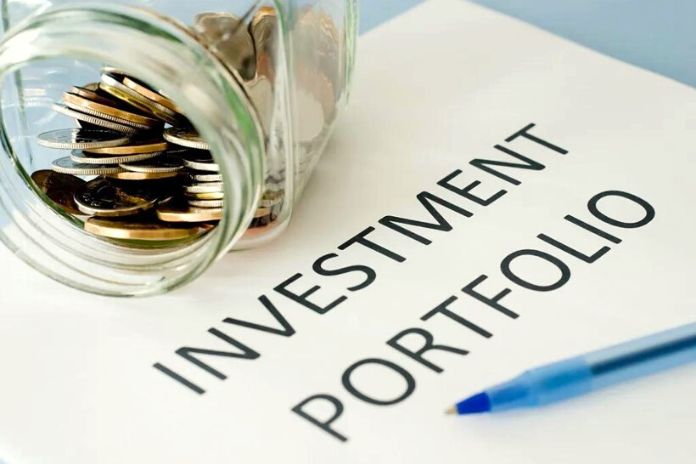Keeping cash under your mattress is a more brilliant option. If we keep our savings safe this way, we could be making a grave mistake: the erosive power of inflation is always lurking. This is why it is essential to learn how to invest our savings. Easy to say, but how do you build an investment portfolio?
The Foundations For Building An Investment Portfolio
Every construction always starts from the foundations, those solid pillars that support an entire structure. Here, in the case of an investment portfolio, the foundations are represented by a series of questions we must ask ourselves before defining our investment.
- The time horizon: what is the duration of our investment? Are we investing, and therefore thinking, in a short or medium-long-term perspective?
- The goal: why are we investing part of our savings? Our goal is to have a more or less constant cash flow over time, perhaps to supplement the pension, or it is to have a more significant final capital at the end of the investment period, for example, to enjoy a nice trip in an exotic place or to buy a house?
- The risk: what is the level of risk that we can bear? Markets can be unpredictable, so it is essential to understand whether we can tolerate the rough seas in the markets or whether we prefer to be sure that there will be no major shocks.
The Perfect Wallet Does Not Exist
If you think there is one wallet that fits everyone, you are on the wrong track. People have different time horizons, different goals and, of course, different degrees of risk appetite. This is why building an investment portfolio that is “tailored” to our person is essential. Once the foundations have been defined, the actual construction can begin.
When it comes to a portfolio, the bricks with which to build are made up of the various investment classes (called in technical jargon ” asset class “) to which we have access (equities in Italy, Europe, the USA, the world, bonds with a high credit rating or high yield, commodities, and so on).
Once the asset classes have been defined, we can then decide which instruments, among those present on the market, to use to invest in these asset classes: shares, bonds, ETFs or mutual funds. It is good practice to be familiar with the characteristics of a financial instrument before proceeding with the purchase, especially in terms of risk and liquidity, to avoid bitter surprises. Another essential factor is the correlation between the securities to be included in the portfolio.
A Diversified Portfolio, Above All
Within the broad universe of asset classes available, we will choose only a few for our portfolio: they will form what is defined as the asset allocation of our portfolio. But how to choose? First, only put some of your eggs in one basket. This also applies when we talk about our savings, and in this case, we talk about portfolio diversification.
If we love risk and our goal is long-term, then our diversified portfolio will be able to have a greater weight in equities, while if we are more fearful, we could focus more on bonds with a high credit standing. However, the golden rule foresees a form of splitting up our savings since it is impossible to know in advance what the performance of each specific investment will be—the more significant our portfolio diversification, the lower the risk of capital loss.
Last But Not Least: Monitoring
After understanding how to build a diversified portfolio, one crucial step must be remembered: monitoring the newly created investment portfolio. It is advisable to periodically analyze our portfolio’s performance to ensure that it is in line with our needs. But be careful: never get caught up in obsessions of compulsive and continuous control. Staying too far behind the rises and falls of the day makes us lose sight of our longer-term goal.
Furthermore, let ourselves be carried away by emotions ( psychology and trading are linked). In that case, we run the risk of making mistakes that could affect our nest egg, such as, for example, disinvesting in our investment at “discounted” prices in the grip of anxiety when the markets drop to then buy back at “full” price when, convinced that the night is over, we go back to buying. So summarizing:
- Define the foundations of your portfolio healthy – the objective, the time horizon and the degree of risk you can tolerate – and stick to these pillars. Even if the sea changes, stay firm on your ideas and don’t get carried away by emotion.
- In defining the elements that will make up your investment portfolio, the golden rule is to diversify between asset classes, sectors and geographical areas. Never put all your eggs in one basket.
- Monitor the performance of your portfolio regularly.
Read Also: CRM Software For SMEs: The Five Best Solutions Of 2022

